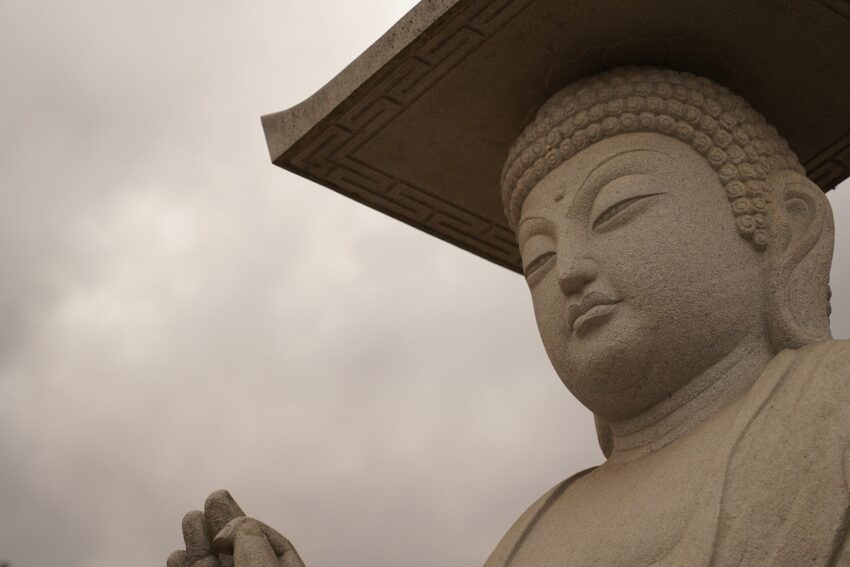Psychedelic art, with its bright colors, intricate shapes, and spiritual symbolism, has left a considerable imprint on mainstream culture. This transformational genre of visual art offers a vivid reflection of the counter-cultural movements of the ’60s and ’70s, embodying the societal yearning for creative freedom, individuality, and spiritual exploration. From album covers and posters to street art and fashion, trippy visuals have influenced various aspects of our culture, empowering our perception of reality and pushing the boundaries of artistic expression.
Psychedelic art is as diverse as its artists, but a common thread binds it together. Whether it’s a splatter of neon colors or intricately designed spiritual symbolism, this genre often references or simulates the visual aspects of a psychedelic, hallucinogenic experience. The motifs employed by visionary artists are often derived from spiritual and tribal cultures, wild nature, and elements of the cosmos.
Psychedelic art emerged during the 1960s, at the height of the counterculture. The counterculture movement was a time of profound social and political change that brought about alternative lifestyles, a shift in societal beliefs, and brews of youthful rebellion. It’s during this epoch that psychedelic substances such as LSD and psilocybin mushrooms entered the public domain, leading to an explosion of trippy visuals in art and design (Britannica).
The quintessential forms of psychedelic art are, undoubtedly, concert posters and album covers. Bands like The Grateful Dead, The Rolling Stones, and Pink Floyd used this art style to embody their fluid, boundary-blurring music, essentially serving as visual counterparts. Their album covers and posters were surreal, filled with bizarre images and vibrant colors—engaging the viewer and challenging them to explore uncharted territory. Artists such as Stanley Mouse, Rick Griffin, and Wes Wilson pioneered this form of psychedelic art, contributing to the genre’s mystique and enduring appeal (Met Museum).
Street art is another canvas where the influence of psychedelic art stands prominent. Artists like Alex Grey, Odeith, and Okuda have taken the medium to new heights through their mind-bending murals. Their works often incorporate spiritual symbolism and existential themes—resulting in an immersive exploration of consciousness and perception (Wide Walls).
Moreover, psychedelic art has shaped the fashion industry through its vivid color schemes, fluid patterns, surrealistic themes, and regressive aesthetics. It has brought about the likes of tie-dye t-shirts, bell-bottom jeans, and vibrant headbands. Designers such as Mary Quant, Emilio Pucci, and later Betsey Johnson drew inspiration from this genre, sowing the seeds of Bohemian style (Fashion Institute of Technology).
However, psychedelic art is ultimately more than just a mesmerizing fusion of colors and shapes. It embodies a consciousness-expanding ideology and encourages viewers to perceive reality in ways that defy convention. It invites us to explore the depths of our consciousness and the infinite realms of human imagination.
It’s safe to suggest that the rise of psychedelic art was a reaction to society’s thirst for freedom—freedom from societal norms, freedom from restrained creativity, and freedom to seek spiritual self-discovery. It’s a continued testament to the resilience of human creativity and our unending quest for self-expression and understanding.
In conclusion, psychedelic art is a vibrant testament to the sharp turn in aesthetic norms and societal expectations during a transformative era. It links us to our past, ignites our present, and propels us into the future. Its flashy colors and symbolic spirituality continue to impact contemporary creative fields, ensuring its enduring relevance and universal appeal. Psychedelic art’s profound impact on culture emphasizes the timeless truth that art is a mirror to our shared human experience—a catalyst of inspiration and a conduit of societal evolution.
Sources:
